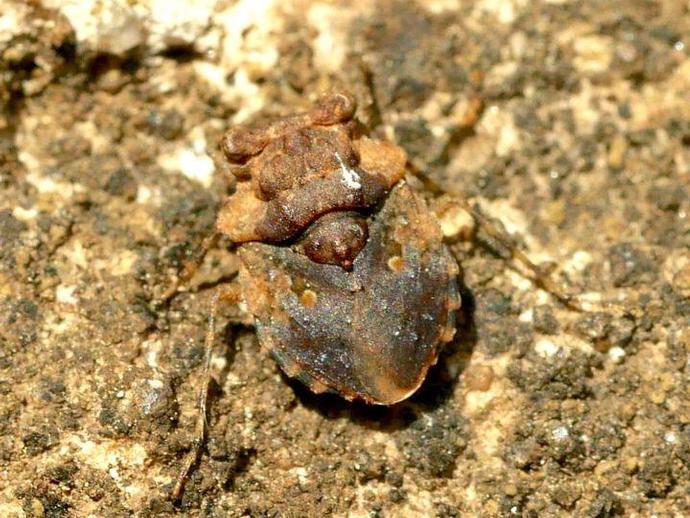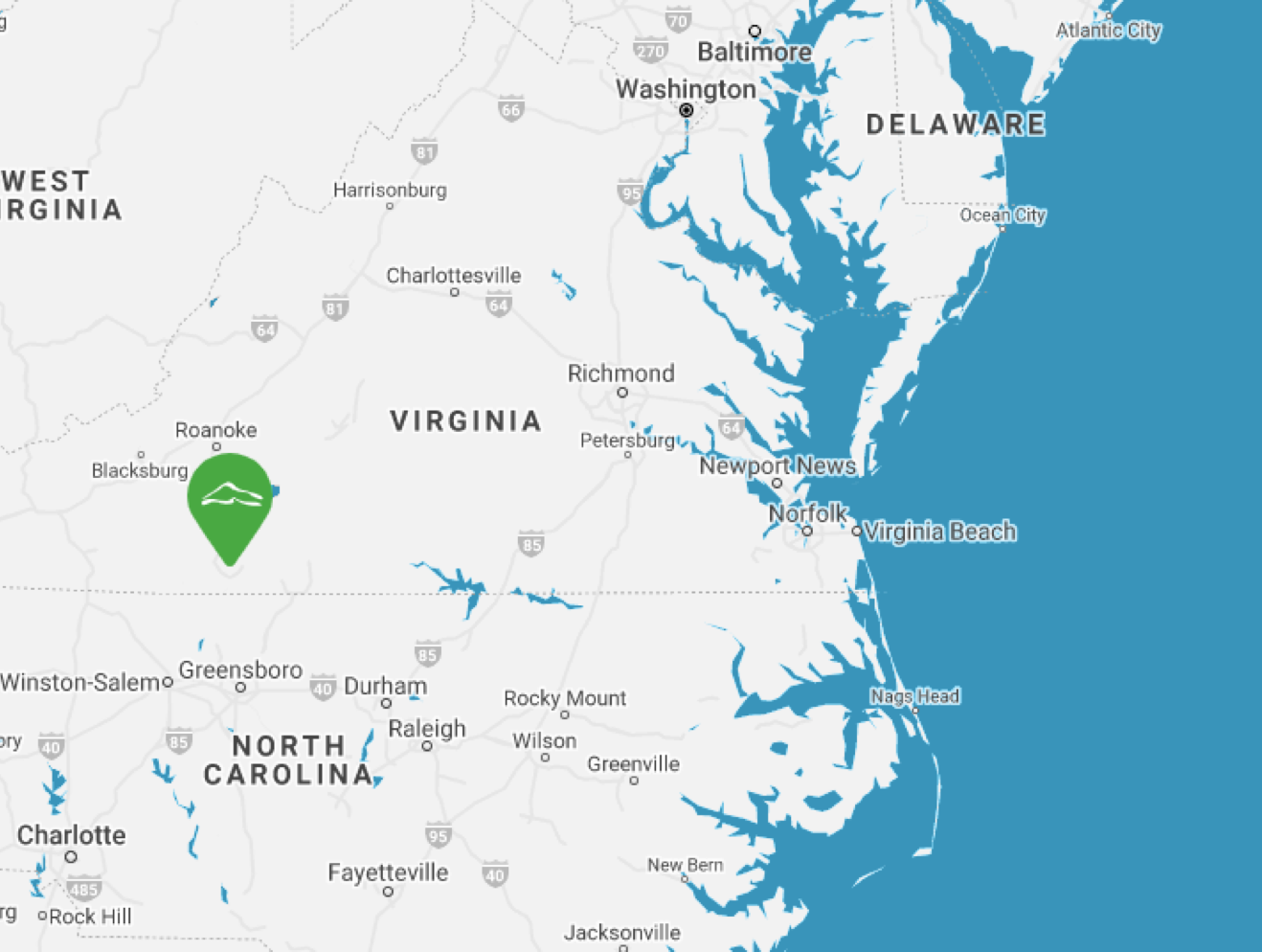June 25, 2021
Ben here with the Friday edition of #BenInNature presented by our friends at Carter Bank & Trust!
The big-eyed toad bug (Gelastocoris oculatus) is not an easy critter to spot! These insects are pretty common throughout North America and Central America, and they're found on the muddy shores of streams and lakes. However, their variable coloration helps them blend in perfectly with their environment. When combined with their tiny size (6-9 mm) it's easy to pass right by one!
With their bulging eyes, brown coloration, and hopping movement, toad bugs can easily be mistaken for tiny toads, hence the common name. The taxonomic name is a bit more mean-spirited; "gelasto" is Greek for "laugh," while "coris" is Greek for "bug," so the genus name "Gelastocoris" roughly translates to "laughable bug" or "ridiculous bug." Come on, this guy is doing the best it can!
Toad bugs are predatory, and they feed on smaller insects that they find near the shoreline. Their entire life cycle takes place in close proximity to water. After mating, toad bugs lay their eggs in mud or sand near the water's edge. When cold weather arrives, the adult toad bugs overwinter near the shore.
Toad bugs are active right now, so keep your eyes on the ground if you're walking near a lake!
ABOUT #BenInNature
Social distancing can be difficult, but it presents a great opportunity to become reacquainted with nature. In this series of posts, Administrator of Science Ben Williams ventures outdoors to record a snapshot of the unique sights that can be found in the natural world. New updates are posted Monday - Friday, with previous posts highlighted on the weekends. This series of posts is made possible thanks to the support of VMNH Corporate Partner Carter Bank & Trust (www.cbtcares.com).
NATURE PHOTO IDENTIFICATIONS
If you discover something in nature that you would like help identifying, be sure to message us right here on Facebook with a picture (please include location and date of picture) and we'll have our experts help you identify it!

 Hours & Admissions
Hours & Admissions Directions
Directions

